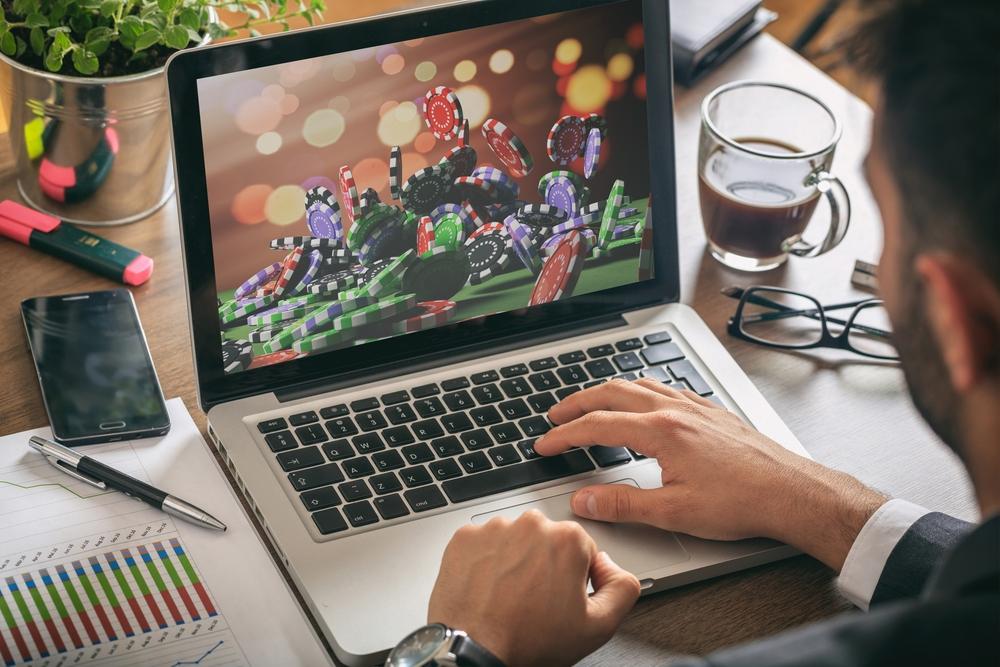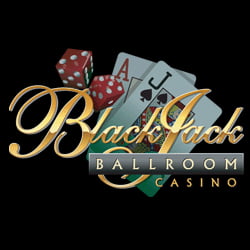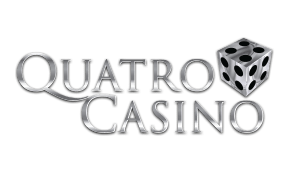
There's nothing quite like the thrill of executing a perfect poker bluff. It's the moment when you outwit your opponents, make them doubt their hand, and take down a big pot without ever revealing your cards. But mastering the art of the poker bluff takes skill, strategy, and nerves of steel. In this definitive guide, we'll break down everything you need to know to become a master bluffer at the poker table.
Understanding the Poker Bluff
Before we dive into the tactics for executing a successful bluff, it's important to understand what a bluff actually is. A poker bluff is a strategic move in which a player bets or raises with a weak hand in order to deceive their opponents into thinking they have a stronger hand than they actually do. The goal of a bluff is to get your opponents to fold their hands, allowing you to win the pot without having to show your cards.
The Elements of a Successful Bluff
Successful bluffing requires a combination of skill, timing, and psychology. Here are some key elements to keep in mind when planning your next bluff:
-
Table Image: Your table image plays a crucial role in the success of your bluffs. If you have a reputation for playing tight and only entering pots with strong hands, your opponents will be more likely to believe your bluffs. On the other hand, if you've been caught bluffing multiple times, your bluffs are less likely to be successful.
-
Opponent's Perception: One of the most important factors in a successful bluff is understanding your opponents and how they perceive you. Pay attention to how your opponents have been playing and adjust your bluffing strategy accordingly. Bluffing against tight players is often more effective than bluffing against loose players.
-
Position: Your position at the table is crucial when deciding whether to bluff. Bluffing from late position, when you have more information about your opponents' actions, is generally more effective than bluffing from early position. Use your position to your advantage when planning your bluff.
-
Bet Sizing: The size of your bet is another key factor in a successful bluff. Your bet should be large enough to make your opponents think twice about calling, but not so large that it puts your stack at risk. The size of your bet should be consistent with the story you're trying to tell with your bluff.
-
Timing: Timing is everything when it comes to bluffing. A well-timed bluff can be incredibly effective, while a poorly timed bluff can be disastrous. Pay attention to the flow of the game and look for opportunities to bluff when your opponents are likely to fold.
Tips for Executing a Successful Bluff
Now that you understand the key elements of a successful bluff, here are some tips to help you execute your bluffs with precision:
-
Choose your spots wisely: Not every situation is ideal for a bluff. Look for opportunities where the board texture and your opponent's actions suggest they have a weak hand that they're likely to fold.
-
Mix up your play: Avoid falling into predictable patterns when bluffing. Mix up your play by occasionally bluffing with strong hands and value betting with weaker hands to keep your opponents guessing.
-
Use blockers to your advantage: Blockers are cards in your hand that make it less likely your opponents have strong hands. Use blockers to your advantage when bluffing, as they increase the likelihood that your opponents will fold.
-
Stay calm under pressure: Bluffing requires nerves of steel. Stay calm and composed at the table, even when faced with challenging situations. Don't give away any tells that could tip off your opponents to the strength of your hand.
-
Practice, practice, practice: Like any skill, mastering the art of the poker bluff takes practice. Spend time honing your bluffing skills in low-stakes games before testing them in higher-stakes environments.
Conclusion
Mastering the poker bluff is a challenging but rewarding pursuit. By understanding the key elements of a successful bluff, following these tips, and putting in the practice, you can become a formidable bluffing force at the poker table. So next time you're at the felt, take a deep breath, assess the situation, and go for that bluff with confidence. Who knows, you might just pull off the bluff of a lifetime and rake in a massive pot without ever showing your cards. Good luck!































